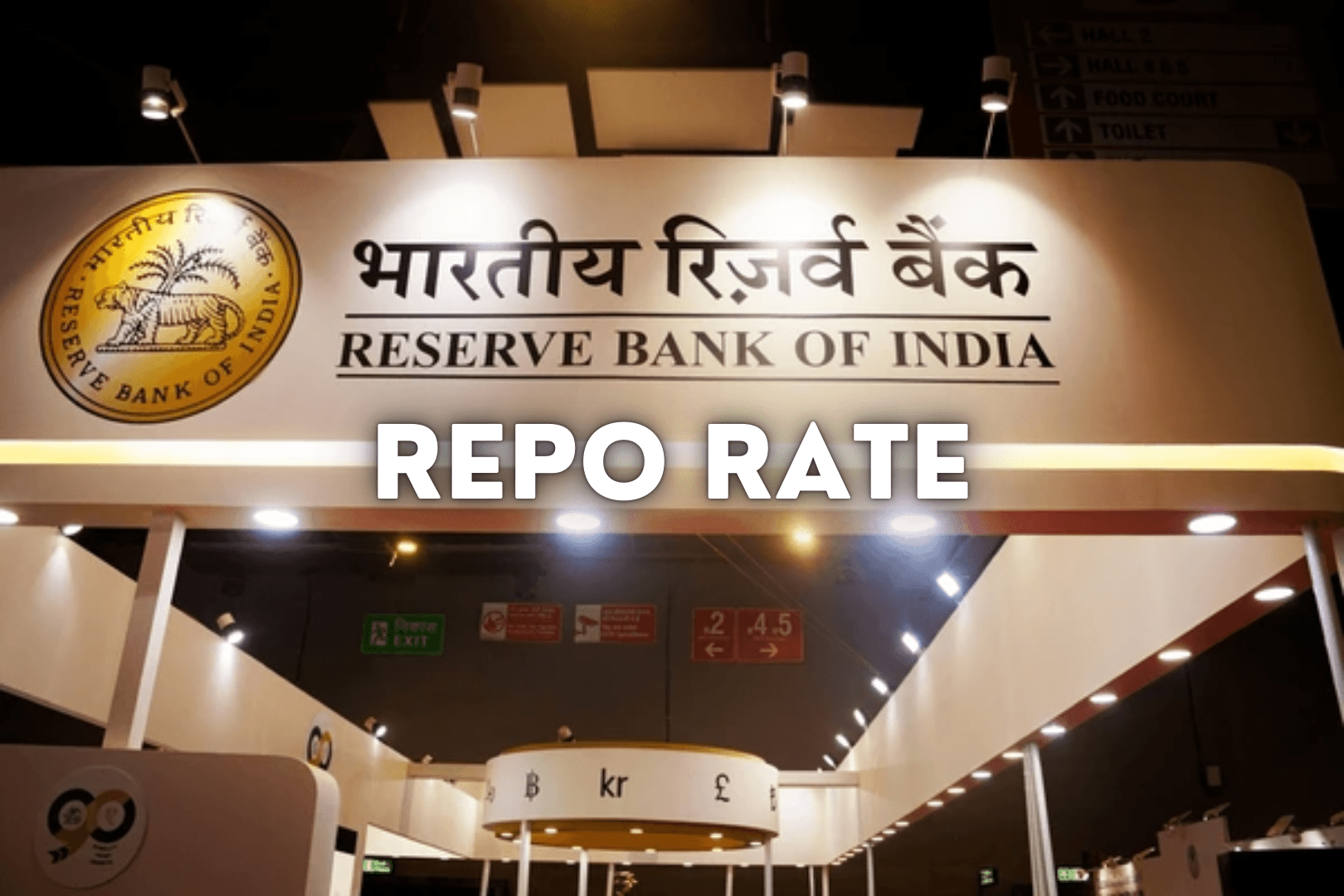Understanding the RBI Repo Rate: A Comprehensive Guide
The repo rate plays a crucial role in shaping the Indian economy. It affects borrowing costs, investments, and the overall economic environment. This guide will explore the intricacies of the Reserve Bank of India’s (RBI) repo rate and its wide-ranging impacts.
Introduction: The Ripple Effect of the Repo Rate
What is the Repo Rate and Why Does it Matter?
The repo rate is the interest rate at which the RBI lends money to commercial banks. It serves as a tool for controlling liquidity in the economy. Changes in the repo rate can influence borrowing and spending, which in turn impacts inflation and economic growth.
The RBI’s Role in Monetary Policy
The RBI’s primary responsibility is to maintain price stability. By adjusting the repo rate, the RBI can influence money supply and, consequently, inflation. If inflation rises, the RBI may increase the repo rate to cool off the economy. Conversely, a lower repo rate can encourage spending and investment.
The Impact on Everyday Life
The repo rate doesn’t just impact banks; it affects individual consumers and businesses. An increase in the repo rate usually leads to higher interest rates on loans, making it more expensive to borrow. On the flip side, a decrease can boost economic activity by lowering borrowing costs.
How the Repo Rate Works: Mechanisms and Implications
Lending Rates and Borrowing Costs
When the RBI raises the repo rate, banks face higher costs when borrowing from the central bank. This typically results in banks increasing their lending rates, affecting personal loans, home loans, and business loans.
Transmission Mechanism: From RBI to Banks to Consumers
The transmission mechanism is the process through which changes in the repo rate affect the economy. When the RBI changes the rate:
- Banks adjust their rates accordingly.
- Borrowers’ costs change, influencing spending and investment.
- Overall economic activity is affected, impacting jobs and growth.
Repo Rate and Inflation: A Delicate Balance
Inflation is a critical concern for the RBI. Higher repo rates tend to curb spending, helping to control inflation. However, too high a rate can slow down economic growth. The RBI aims to find the right balance to maintain economic stability.
Historical Context: Tracing the Repo Rate’s Trajectory
Key Changes and Their Impacts
- 2008: Repo rate was reduced to 6% to combat the effects of the global financial crisis.
- 2011: Increased to 8.5% in response to rising inflation.
- 2020: Dropped to 4% due to the COVID-19 pandemic’s economic impact.
Government Intervention and Economic Factors
Government policies, global economic pressures, and inflation rates all influence repo rate decisions. For instance, international oil prices can impact inflation, leading the RBI to adjust the rate.
Analyzing Past Trends to Predict Future Movements
Understanding historical trends helps in predicting potential future changes. Observing patterns in inflation and economic growth can provide insights into likely repo rate adjustments.
The Repo Rate and Economic Growth: A Correlation Analysis
Stimulative vs. Restrictive Monetary Policy
When the repo rate is lowered, it can stimulate economic growth by encouraging lending and spending. In contrast, a higher repo rate may be necessary to control inflation but can restrict growth.
Repo Rate and Investment Decisions: A Business Perspective
Businesses carefully monitor the repo rate when making investment decisions. Lower rates usually mean cheaper loans, encouraging firms to expand operations and invest in new projects.
Case Study: Impact of a Repo Rate Change on a Specific Sector
In the housing sector, a decrease in the repo rate can lead to a surge in home purchases. Consumers are more likely to take out loans when borrowing costs are lower, boosting construction and real estate markets.
Repo Rate and Your Finances: Practical Implications
Impact on Home Loans and Personal Loans
Changes in the repo rate directly affect home and personal loan interest rates. A higher repo rate can add to monthly payments, making loans less affordable.
Savings Accounts and Fixed Deposits: Interest Rate Dynamics
When the RBI changes the repo rate, banks often adjust interest rates on savings accounts and fixed deposits. A higher repo rate can attract more deposits as interest rates increase.
Actionable Tips for Individuals and Businesses
- Keep an eye on RBI announcements regarding the repo rate.
- Consider locking in loans when rates are low.
- Review savings options regularly to maximise returns.
The Future of the Repo Rate: Predictions and Outlook
Expert Opinions and Forecasts
Economists often debate the future of the repo rate, considering factors like inflation and global conditions. For instance, some analysts predict a gradual increase in the rate if inflation remains high.
Global Economic Factors and Their Influence
International conditions, such as global supply chain disruptions or oil price shocks, can impact the RBI’s decisions. These factors can create volatility in inflation, prompting adjustments to the repo rate.
Potential Scenarios and Their Implications for the Indian Economy
If the RBI keeps the repo rate low, it could encourage growth but may risk higher inflation. On the other hand, increasing the rate could stabilise prices at the cost of economic growth.
Conclusion: Navigating the Repo Rate Landscape
Key Takeaways and Actionable Insights
- The repo rate is a vital tool for the RBI, affecting the entire economy.
- Understanding its implications can benefit consumers and businesses alike.
- Staying informed about repo rate changes can help in making better financial decisions.
Resources for Further Learning
Explore the RBI’s official website for detailed reports and guidelines on monetary policy. Financial news outlets also provide updates on how the repo rate impacts the economy.
Summary of the Repo Rate’s Significance
The RBI repo rate is not just a number; it’s a key driver of economic health in India. By understanding its mechanisms and effects, individuals and businesses can navigate financial landscapes more effectively.








